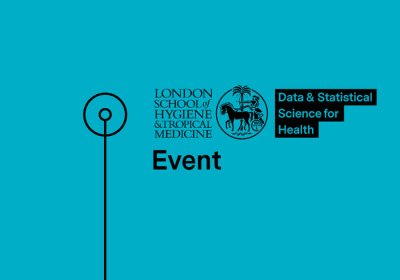Correspondence analysis in medicine and epidemiology
Multivariate Methods Theme
Abstract: As we know, a chi-squared test of independence helps to determine whether there exists a statistically significant association between two (or more) categorical variables. Unfortunately, when such a test reveals an association exists, it provides no indication as to the underlying nature of this association. To reveal the underlying association, one may consider correspondence analysis (CA) (Beh and Lombardo, 2014). CA is a data visualisation technique that provides the analyst with a graphical summary of the association between two or more categorical variables.
From such a technique, we can discriminate between similar (or different) categories, and identify the structure of the association. In this talk, I shall be providing some introductory insights into what CA is and how such graphical summaries help to reveal sometimes complex association structures between variables. The focus of this presentation will be to study global malaria data Murray et al. (2012). In doing so, we shall look at other variants and issues of CA that may be considered.
Beh, E. J. and Lombardo, R. (2014), Correspondence Analysis: Theory, Practice and New Strategies, Chichester: Wiley, 592 pages.
Murray CJL, Rosenfeld LC, Lim SS, Andrews KG, Foreman KJ, Haring D, Fullman N, Naghavi M, Lozano R and Lopez AD (2012), Global malaria mortality between 1980 and 2010: a systematic analysis, The Lancet, 379, 413 – 431.
External attendees, please report to Keppel Street Reception.
Admission

